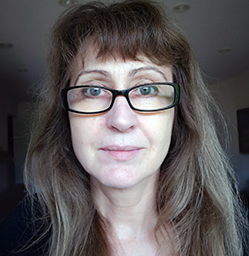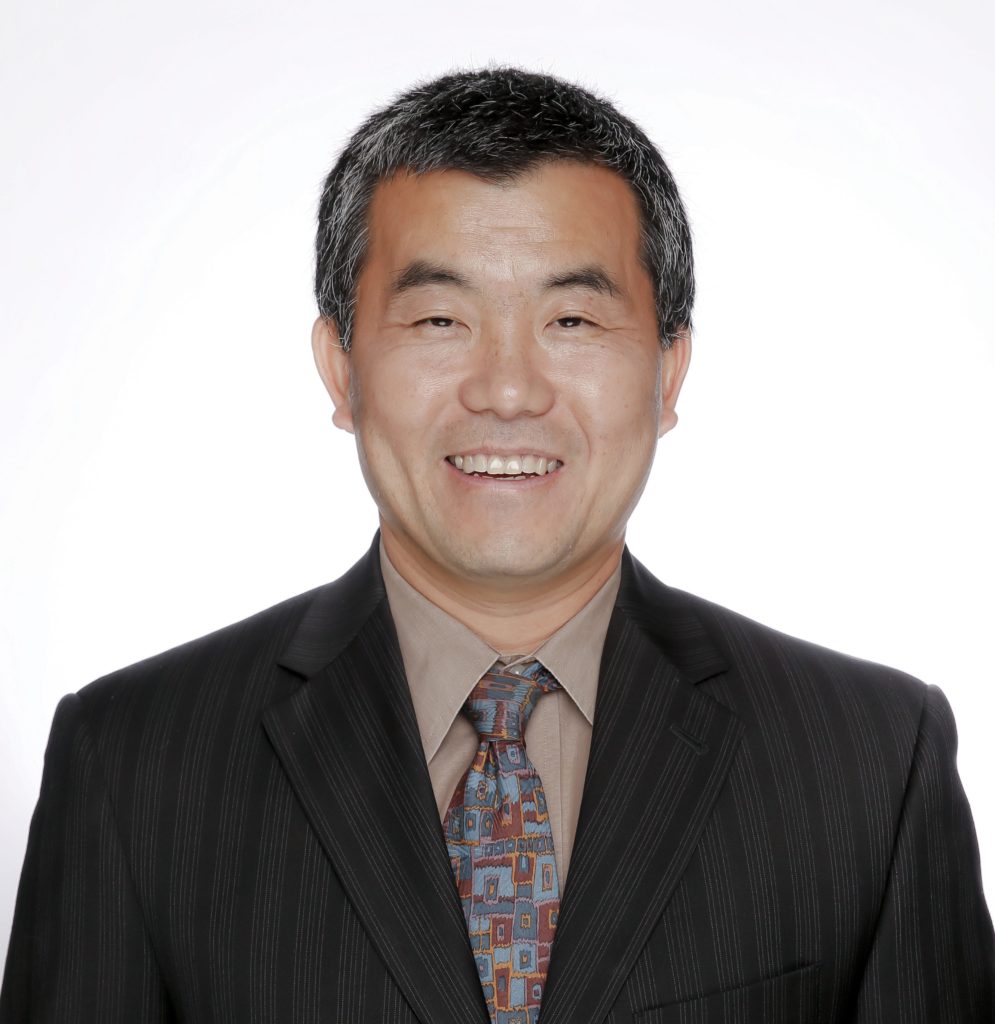Professors Joann Jasiak and Henry Kim will be leading an interdisciplinary team exploring the broad topic of digital currencies as part of York University’s new Catalyzing Interdisciplinary Research Clusters initiative.
By Elaine Smith
Jasiak, a professor in the Faculty of Liberal Arts & Professional Studies (LA&PS), and Kim, an associate professor in the Schulich School of Business, are among the first recipients of the University’s new grant funding that provides $150,000 annually over three years for interdisciplinary projects in strategic areas of research. Digital currencies are growing in popularity worldwide and the grant, says Kim, “will allow us to connect several strands of research.”

Other members of this interdisciplinary research leadership team are: Sotirios Liaskos, associate professor of information technology, and Andrea Podhorsky, assistant professor of economics, from LA&PS; Irene Henriques, a professor of economics, and Divinus Oppong-Tawiah, an assistant professor of information systems, from Schulich; and Professor Poonam Puri, an expert in financial law, from Osgoode Hall Law School. The researchers will work on a collection of projects that focuses on various aspects of digital currency use.
Jasiak and Kim are partnering with the Bank of Canada and Mitacs, a non-profit research program, to explore the bank’s survey data on Bitcoin adoption to address questions regarding Bitcoin ownership and use, as well as the pace at which Canadians are adopting this technology.

Meanwhile, given that Bitcoin production, called Bitcoin mining, is energy intensive, Podhorsky is collecting and analyzing mining data in novel ways that may spur on more renewable resources use in mining.
To study Bitcoin as well as other cryptocurrencies, Liaskos is refining a tool to computationally simulate the technical functions of cryptocurrencies while Kim and Hjalmar Turesson, a data scientist and lecturer at Schulich, are modelling the incentives schemes – the “token-economics” of cryptocurrencies. Jasiak, together with assistant professor Antoine Djogbenou and York PhD student Emre Inan from the Department of Economics, will be examining the statistical properties of stablecoins, cryptocurrencies pegged to stable currencies like the American dollar that are used in the emerging field of decentralized finance.
In another project, Jasiak and Kim, along with assistant professor Pujee Tuvaandorj and PhD student Peter Mackenzie from the Department of Economics, will work on data provided to them by Statistics Canada data to explore the digital divide in Canada between those who have the technology to allow them to use digital currencies and those who don’t. This information will help determine to what extent all Canadians will be able to benefit from a future Central Bank Digital Currency (CBDC) expected to be eventually introduced by the Bank of Canada. CBDCs will require significant legal and regulatory frameworks, and Puri will continue her pioneering research into this issue, while Henriques, Oppong-Tawiah and Kim, along with Professor Chris Bell from Schulich, are exploring the financial inclusion effects of different digital currencies such as Bitcoins, China’s Alipay, and Kenya’s M-Pesa on underprivileged communities worldwide.
“There is a wealth of people at York who do research related to digital currencies and we are discovering each other,” says Kim. “The hope is that we can build a large research cluster.”
Jasiak believes the projects will also “provide training for the future by involving students and junior faculty. We want to establish ourselves as a group of experts.”
Notes Kim, “Toronto is known for a lot of technology, including artificial intelligence and blockchain. The talent is here. We hope to bring students and researchers together with industry and entrepreneurs to help establish a thriving fintech ecosystem at York University.”


